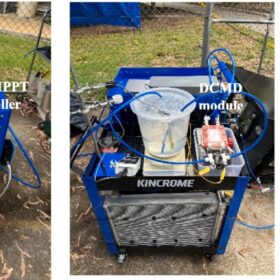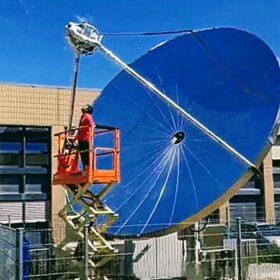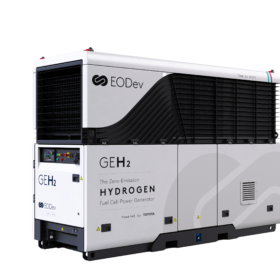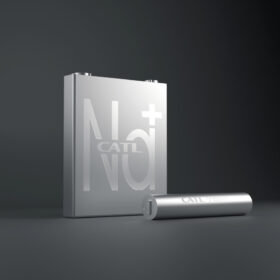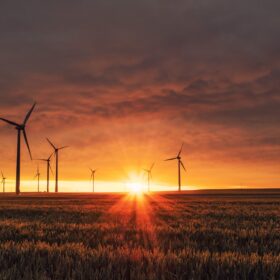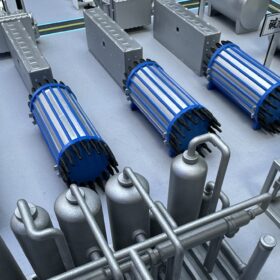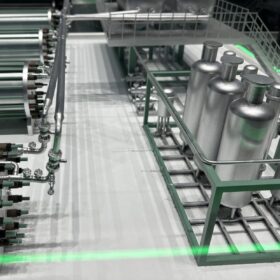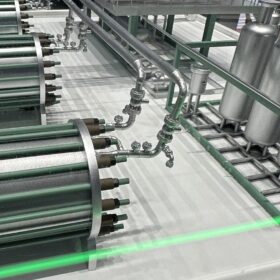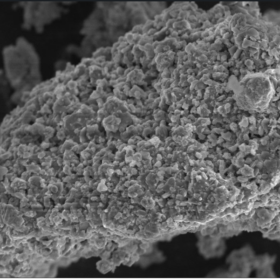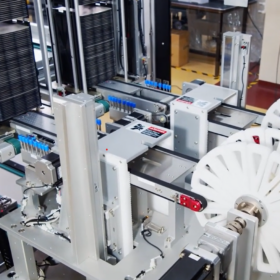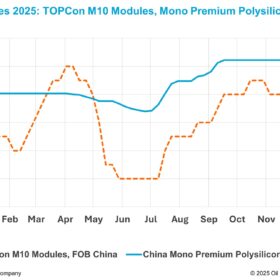Desalination system based on PVT-driven membrane distillation
Scientists have designed a PVT-driven direct contact membrane distillation system for off-grid applications. The system is intended for desalination purposes in remote areas.
TKIL Industries enters green hydrogen in alliance with Switzerland’s SoHHytec
TKIL Industries will be SoHHytec’s exclusive partner in India to manufacture and supply specific equipment as well as implement and install direct solar-to-green hydrogen projects.
The Hydrogen Stream: Greenzo Energy, EODev partner to launch Toyota hydrogen fuel cell-powered generators in India
Greenzo Energy will introduce EODev’s emission-free generators powered by Toyota hydrogen fuel cell technology in India and Nepal. This long-term partnership also includes provisions for local assembly of EODev products by Greenzo Energy.
New sodium-ion developments from CATL, BYD, Huawei
Sodium-ion batteries are undergoing a critical period of commercialization with Chinese cleantech juggernauts actively working on their products.
SECI withdraws debarment notice issued to Reliance Power
Solar Energy Corp. of India Ltd (SECI) has withdrawn the debarment notice issued to Reliance Power with immediate effect. Accordingly, the Company and its subsidiaries, except Reliance NU BESS Ltd (formerly known as Maharashtra Energy Generation Limited), are eligible to participate in all tenders issued by SECI.
How developing economies are leading the surge in solar power
Favorable government policies have played a crucial role in driving the adoption of solar energy in emerging economies. However, investment in grid modernisation and energy storage solutions is crucial to unlock the next level of sustainable solar integration in these economies.
The Hydrogen Stream: IIT Bombay, HSBC green hydrogen programme selects six innovative projects for incubation
The shortlisted technologies and solutions include energy-efficient green hydrogen generators, indigenous hydrogen storage systems for commercial vehicles, and alternative combustion burners to improve air quality.
Germany commits €24 billion to build national hydrogen network
KfW Development Bank has offered €24 billion ($25.2 billion) grant to bridge the gap between network operators’ high investment costs and the initially low revenues from network charges.
The Hydrogen Stream: UK scientists call for strict rules for H2 leakage
The Oxford Institute for Energy Studies says addressing hydrogen leakage across the supply chain is crucial to making hydrogen a sustainable energy vector. Italy, meanwhile, has unveiled its national hydrogen strategy, with a focus on its role in the Mediterranean.
Battery recycling: How advanced materials science is changing the game
The future of battery recycling is promising spurred by continuous advancements in materials science, driving the development of more efficient and sustainable processes.
